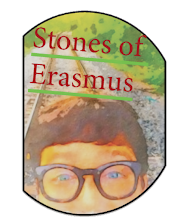Revitalize your classroom dynamics with an interactive activity that boosts student engagement and fosters critical thinking. Discover how positioning students based on their opinions on controversial topics like myths and relationships not only energizes them but also prompts insightful discussions on peer influence and the Socratic method. Suitable for grades seven and up. Share your experiences!
If you’re looking for a quick method to energize your students, particularly if they appear sluggish or disinterested at the beginning or end of a class, set aside three to four minutes for this activity. Initially, they might groan, but then you present them with a scenario.
You’ll ask a question and instruct students to position themselves in the classroom based on their response: those with an emphatic “yes” to one side, an emphatic “no” to the opposite side, and the undecided or “wishy-washy” in the middle. The closer a student stands to either side, the stronger their feelings about the topic.
For instance, you could pose a question like, “Was Narcissus right to reject Echo’s love?” or “Does this myth accurately represent aspects of romantic relationships or unrequited love?” The more controversial or thought-provoking the question, the more engaged the students will become. As they move around the room, they not only physically activate but also engage in critical thinking, determining their stance on the issue.
Observing students who are indecisive, watching where their friends go, and then following, provides an opportunity to address the influence of peer pressure in a gentle manner. This activity is not only a fun way to get students moving but also fosters critical thinking and encourages a Socratic method of engagement.
I have implemented this strategy with students as young as seventh grade and with high schoolers. Have you tried this approach before? I’m eager to hear your thoughts and experiences.


